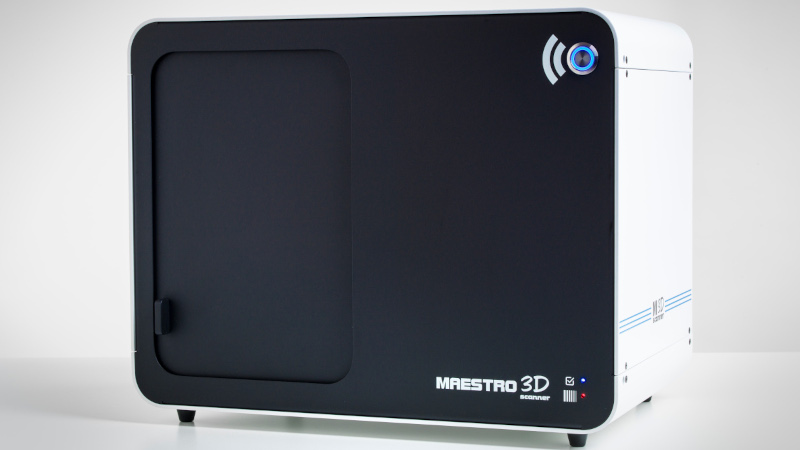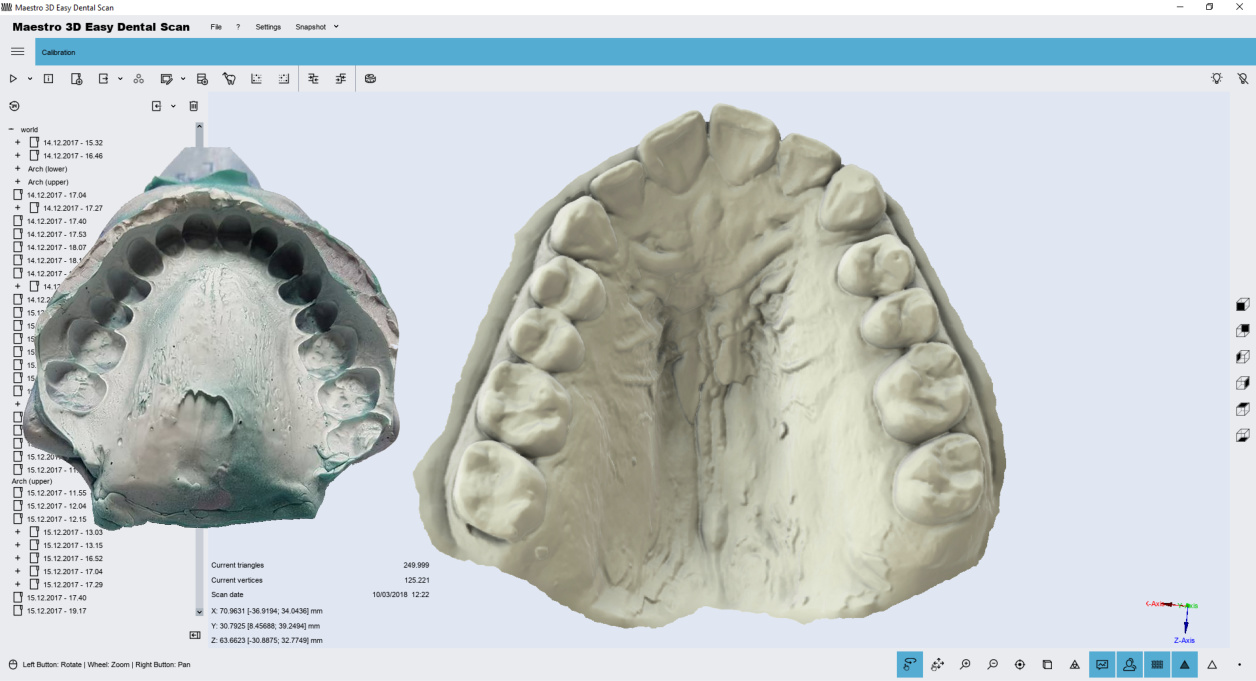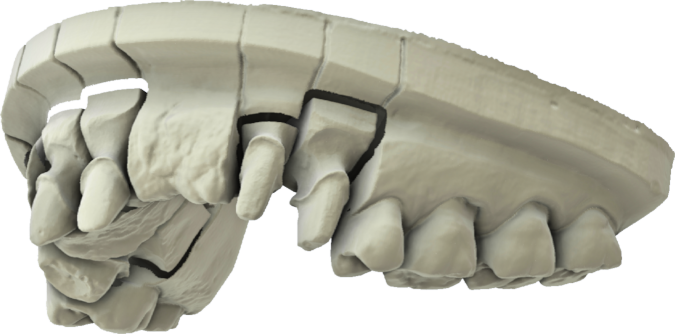
MDS500 3D Dental Scanner
A versatile scanner model that meets every need: ideal for scanning complete arches, dental impressions, and individual dies. Excellent for designing complex dental restorations—such as bars and bridges requiring high precision—as well as for orthodontic treatments. This device is indispensable for dental laboratories and clinics seeking the utmost accuracy in scanning analog impressions. Additionally, a software version specially designed to capture images of jewelry, gemstones, and small components is available, offering versatility in the jewelry sector.



